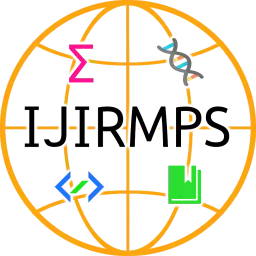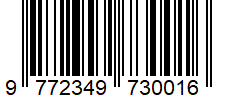A Study on the Consequences of Maturation and Ageing of Collagen
Authors: Soni Sahay
DOI: https://doi.org/10.17605/OSF.IO/X4SM7
Short DOI: https://doi.org/ggnq83
Country: India
Full-text Research PDF File:
View |
Download
Abstract:
Collagen is a major type of fibrous protein in higher vertebrates making up one-third or more of the total body protein. The larger and heavier the animal, the greater the fraction of its total proteins contributed by collagen.
Collagen fibrils are arranged in different ways, depending on the biological function of the particular type of connective tissues. The overall shape and function of the body depends on the basic framework of collagen polymers stabilized by intermolecular cross-links. As a consequence the fibers are virtually inextensible and provide exceptional tensile strength and resistance to mechanical forces. Unlike most other proteins the turnover of collagen in extremely slow and can therefore reflect age - related changes. These are manifested by increased resistance to enzymic degradation and modified cell-matrix interactions. These changes result in wrinkling of the skin, stiffness of the joints and cardiovascular system as well as a reduction in the elasticity and permeability of the basement membranes in capillaries and kidneys. These changes can be accounted for primarily by the formation of glycation intermolecular cross - links in the collagen.
Keywords: enzymic- degradation, glycation, osteoporotic, hypo-mineralization
Paper Id: 391
Published On: 2017-11-10
Published In: Volume 5, Issue 6, November-December 2017





 All research papers published in this journal/on this website are openly accessible and licensed under
All research papers published in this journal/on this website are openly accessible and licensed under 